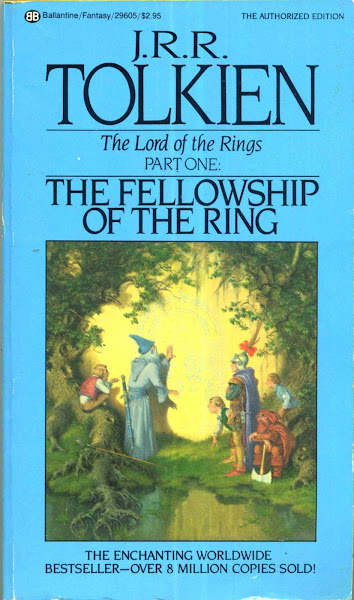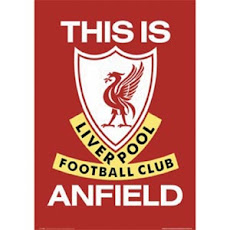When the lights go out: A reflection on
the demise of the Meralco Sparks
by rick olivares
When I first heard about the
possibility that Meralco FC Manila (formerly the Loyola Meralco Sparks) would
cease operations about two months ago, I understood why yet felt, sayang.
As the team’s former “media
officer” from 2011-2013, I saw the ups and downs of their club as they came
close to winning championships only to be stymied by Philippine Air Force, to
representing the country with aplomb in the Singapore Cup. My last for the club
was when they won the UFL Cup in 2014 after which I left my coverage of
football.
The cost of running a professional
football team has risen sharply with the arrival of the Philippines Football
League. And in my opinion, Meralco or even along with PLDT and Smart as part of
the MVP group of Companies has given a lot to both the team and to the game.
And not just since 2010.
I recall back in 2006, the first
televised games of the Azkals over Solar Sports were made possible by PLDT. And
that continued up to 2008. So it is even wrong to think the MVP Group of
Companies jumped the bandwagon following the 2010 Suzuki Cup. In fact, aside
from the Sparks, they also ran the Smart Club Championships and even helped
make the Football for Peace program in Mindanao possible.
Speaking to the club’s last coach
and former national team head coach and PFF Technical Director, Aris Caslib
this Thursday morning, this isn’t even the first time that Meralco, as a
company and not simply part of the MVP Group of Companies, “left football”. It
happened before in the 1960s but so did many other companies.
I recall the late and former
Philippine Football Federation General-Secretary Chris Monfort telling me that
all he needed back in the 1990s was one million pesos and he could run a
professional football league. Obviously, those days are long gone. What is the
operating expense of a club especially since 2010? It started with 5-10 million
for the corporate clubs and it has gone up from a minimum of P25 million to
anywhere to 40M and more.
You can say that is chump change
that can be earned back easily since people have to pay their electric bills.
That is such a simplistic way of looking at things.
You have to look at football as a
game and its state.
The game has simply waned in
popularity about four years after the Miracle of Hanoi. Football vaulted to the
second most popular sport in the country at that time but has since slid to
third with the ascent of volleyball. Two of the drivers of the game – the
national team and the old United Football League – aren’t what they once
were. Even ABS-CBN which picked up the
coverage after the football explosion doesn’t even televise it now.
Leagues and teams should look
into ways of helping its investors. It isn’t enough to slap their logo on a
shirt. One question that should be asked is – are there shirt sales? Go further
– are there revenue or gate receipts? Is there television money? Does the PFL
or any other league have a coherent marketing, sales, media, or even growth
plan? Or are clubs simply throwing away disposable income? What can be learned
from the defunct Metropolitan Basketball Association? What can be learned from
our neighbours and how they make their leagues work?
Are the people running leagues
and clubs the best ones available? I think some get bogged down handling
operations when they miss out on the bigger picture of marketing, growth, and
other concerns. And maybe even worse, it’s still an old boys clubs with others
suddenly adopting this sense of entitlement attitude.
I distinctly recall while I
worked for one year as the UFL’s media officer in 2013, I brought it up to some
of the league’s directors about looking at parity and helping out the less
moneyed clubs in some form and thus felt for clubs from the Armed Forces or
even the Division II teams. I always believe that a healthy and competitive
league generates excitement and fans. But these folks were either concerned
with their own teams to even look at the big picture. Perhaps, they thought
that football would be forever ascending and were unmindful that the bubble
would burst.
That can all be distilled into
one question – so what’s the plan?
The departure of Meralco will
have the other PFL clubs think of what they are doing. There will be concerns
that if a club that big can call it a day, how much more the smaller ones? Conversely, it also begs the question, if
some clubs aren’t in the red, then what are they doing right? Who are these
folks in charge and what can be learned from them?
In my conversation with Caslib,
he opined that football in this modern era is still in its infancy. But
mechanisms aren’t in place to study how the game can prosper. While the game
hasn’t sunk to pre-2010 levels, it is still better. Untenable? Economically
viable?
That needs further discussion.
However, if pro football wants to survive in this country, they better pay
attention to the demise of FC Meralco Manila. You know what the saying is about
not learning from history.
So the Sparks are gone. Maybe
just for now. Maybe forever. I have my memories of the club… its heroes,
incredible wins and crushing defeats, its characters and even rogues. And you
know, for me, they are still fond memories.











No comments:
Post a Comment